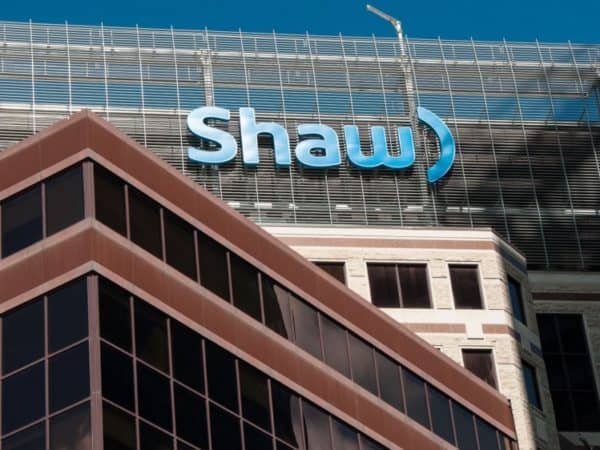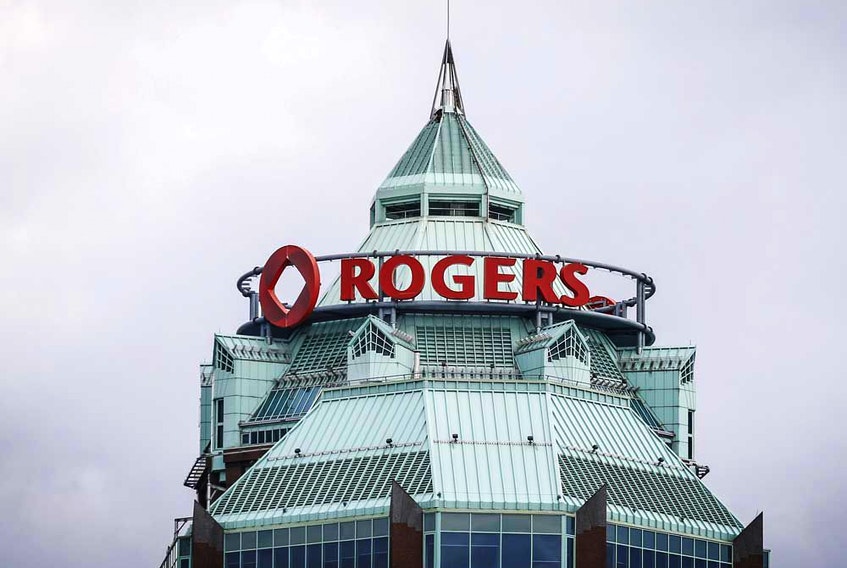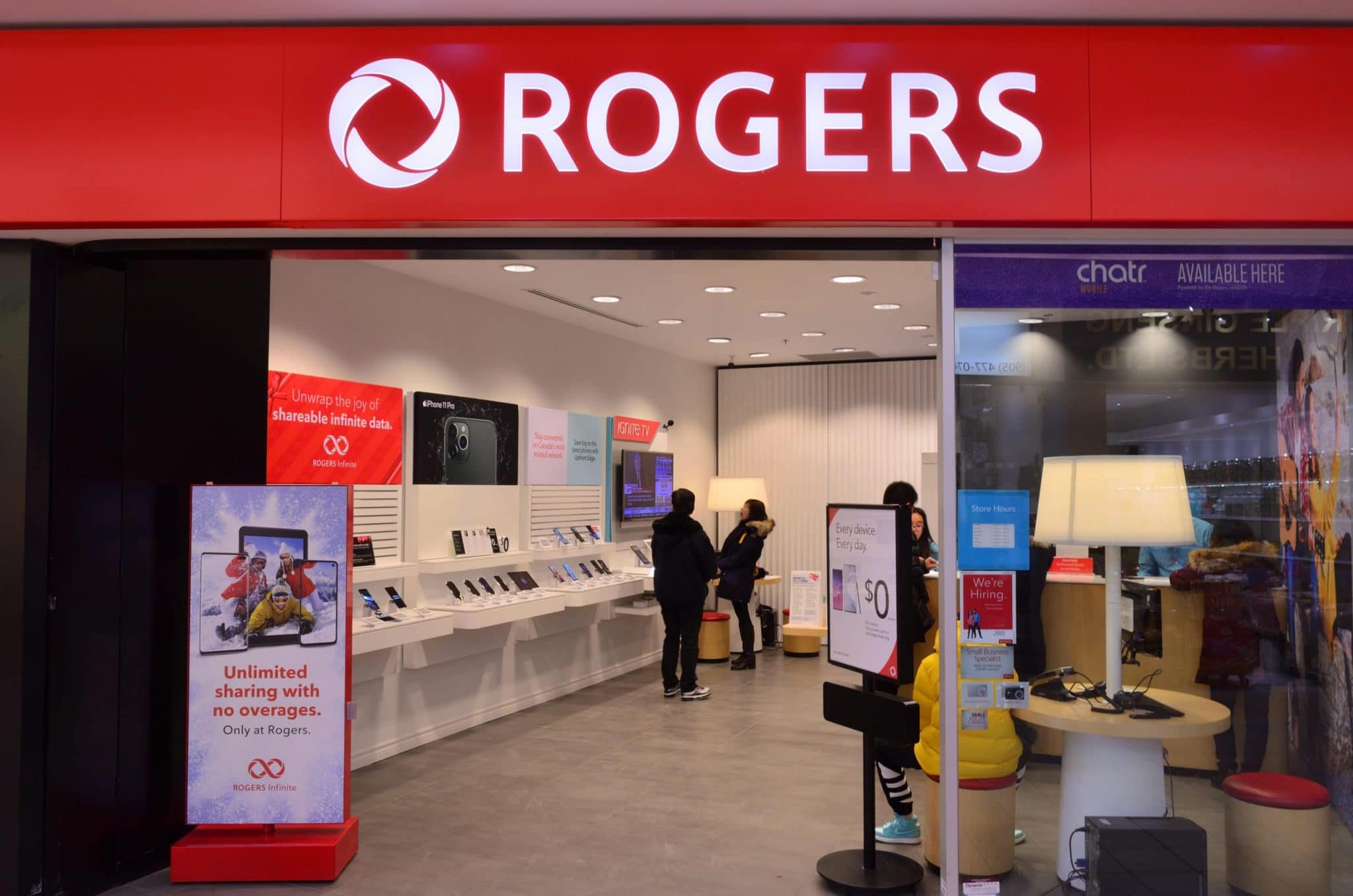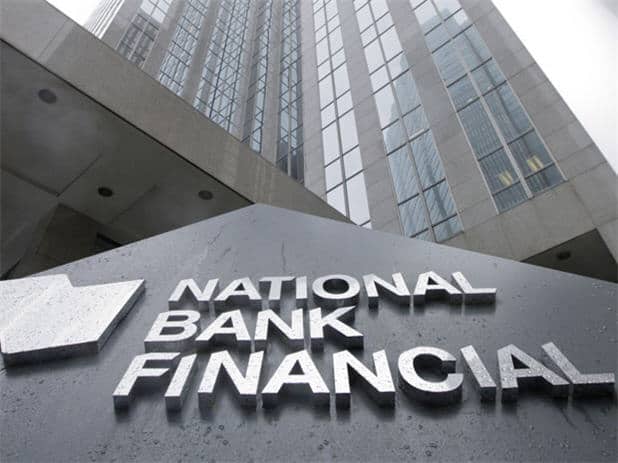
Shareholders of Calgary-based Shaw Communications (Shaw Stock Quote, Charts, News, Analysts, Financials TSX:SJR.B) must have thought their ship had come in when the Rogers merger was first announced earlier this year. But portfolio manager Ryan Bushell says it’s surprisingly not too late for investors to make hay through buying Shaw. In fact, he’s promoting the stock as one of his Top Picks going forward.
“I don’t feel that excited about a lot of things right now on the buy side,” said Bushell, president of Newhaven Asset Management, who spoke on BNN Bloomberg on Thursday.
“[On Shaw], basically you’re sitting with $3.60 to the takeout price. It’s a cash offer from Rogers, and I really do think the deal will close,” Bushell said.
The Shaw deal with Rogers Communications (Rogers Stock Quote, Charts, News, Analysts, Financials TSX:RCI.B) came to light in March when the blockbuster of a transaction was announced, effectively calling for Canada’s Numbers Three and Four telecom companies to join up — Rogers with strength down the centre of the country and Shaw with more presence in Western Canada — in a $26 billion deal. Rogers aims to pay $40.50 per share in cash for Shaw, coming to about $20 billion, while also taking on about $6 billion of Shaw’s debt.
Immediately, Shaw’s share price shot up from just under $24 to a bit above $34 and while there has been a slow creep upwards since March (SJR is currently trading just under $37), that still leaves a noticeable gap before $40.50.
The reason? A number of regulatory hurdles remain for the deal, as the highly scrutinized telco sector already has a dearth of players, according to its critics, who say the lack of competition contributes to Canada’s having some of the highest wireless and broadband costs in the world.
To get approved, Rogers/Shaw will need to pass muster with Canada’s Competition Bureau, the Canadian Radio-television and Telecommunications Commission (CRTC) as well as Innovation, Science and Economic Development Canada, all of which are still mulling over the ins and outs, with results not expected until sometime in early 2022.
Until then, whether or not the merger will close is uncertain, hence the discounted share price. But Bushell says investors should be grabbing at it since the simple math puts this at a fairly easy 20-plus return.
“Now, we do have a [federal] election and that could upset the applecart, but there’s not expected to be a change in government based on the the polls that that I’ve been looking at, and so, absent some big unexpected change — and even if there is there’s huge precedent for this deal to close,” Bushell said.
“If you’re an investor, this is a ten per cent return but over six months we annualize that and it’s over 20 per cent. Add the dividend and it’s another three per cent — to me, that’s a pretty good risk/reward in a market where there’s a lot of risk right now,” he said.
“I really feel confident that the regulators will approve this deal based on precedent transactions and the way Rogers has approached it with a cash offer and willing to divest wireless, so I think it’s a good option for investors looking to park some cash somewhere while we wait,” Bushell said.
The thrust of the narrative from both Rogers and Shaw has been that in order to compete with BCE and Telus in telecommunications, companies need to spend huge amounts on infrastructure, building out their networks and establishing a presence in the harder to reach areas of the country. All that requires heft, and that’s why Rogers says it needs Shaw to compete, underlining the point by saying earlier this year that if and when the deal goes through, Rogers would invest $2.5 billion in 5G networks over the next five years across Western Canada to help close the “digital divide” between urban and rural customers.
“The combined entity will have the scale, assets and capabilities needed to deliver unprecedented wireline and wireless broadband and network investments, innovation and growth in new telecommunications services, and greater choice for Canadian consumers and businesses,” Rogers said in a March 15 press release.
Opinions vary but industry speculation is that for the deal to be completed, the bulkier Rogers would likely need to divest itself of Shaw’s wireless businesses in Shaw Mobile and its popular discount carrier Freedom Mobile.
Rogers CEO Joe Natale has been clear that the merger is a priority for his company, leading observers to believe Rogers may go along with a divestiture if that’s what it takes.
“We’re committed to getting the deal done and we’re committed to sitting down with the regulatory bodies to figure out what is the best path forward,” Natale said in a Bloomberg interview in July. “We believe this deal will get done.”
By the numbers, Shaw has seen its revenue rise over the most recent quarter, announcing third quarter fiscal 2021 revenue for the period ended May 31 of $1.375 billion, up 4.8 per cent year-over-year. Adjusted EBITDA came in at $642 million, up 5.4 per cent.
For its part, Rogers’ most recent quarter featured revenue up 14 per cent to $3.582 billion and adjusted EBITDA up six per cent to $1.374 billion.
Leave a Reply
You must be logged in to post a comment.





 Share
Share Tweet
Tweet Share
Share




Comment